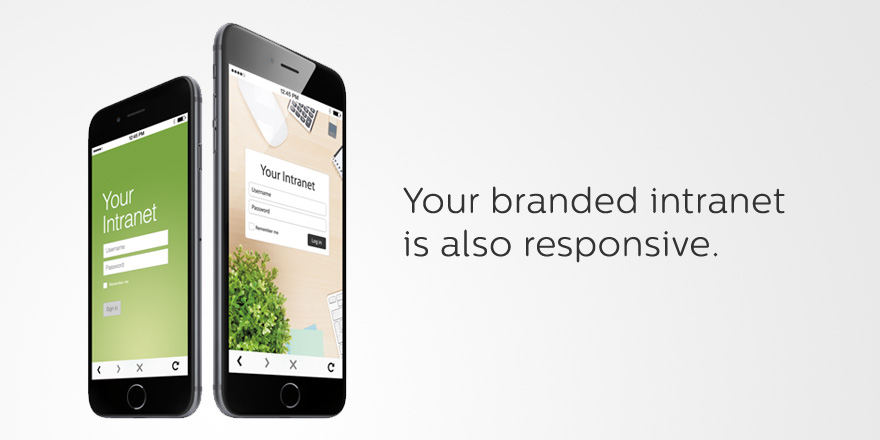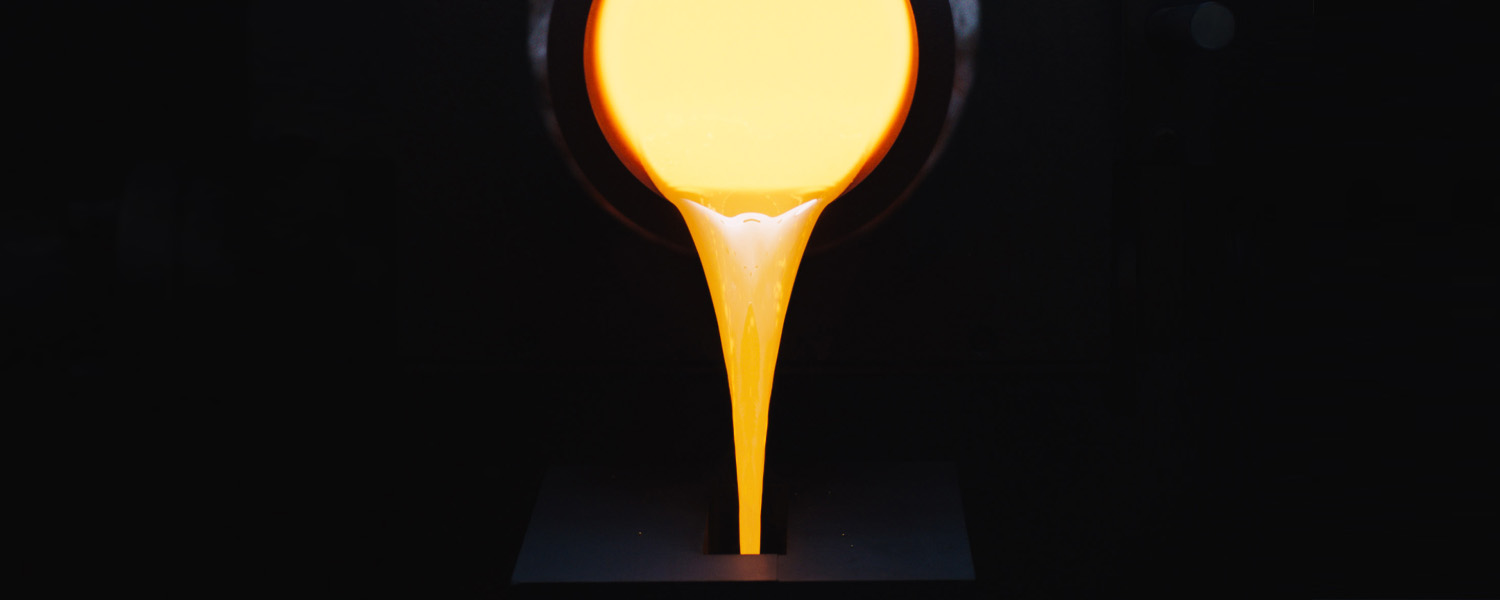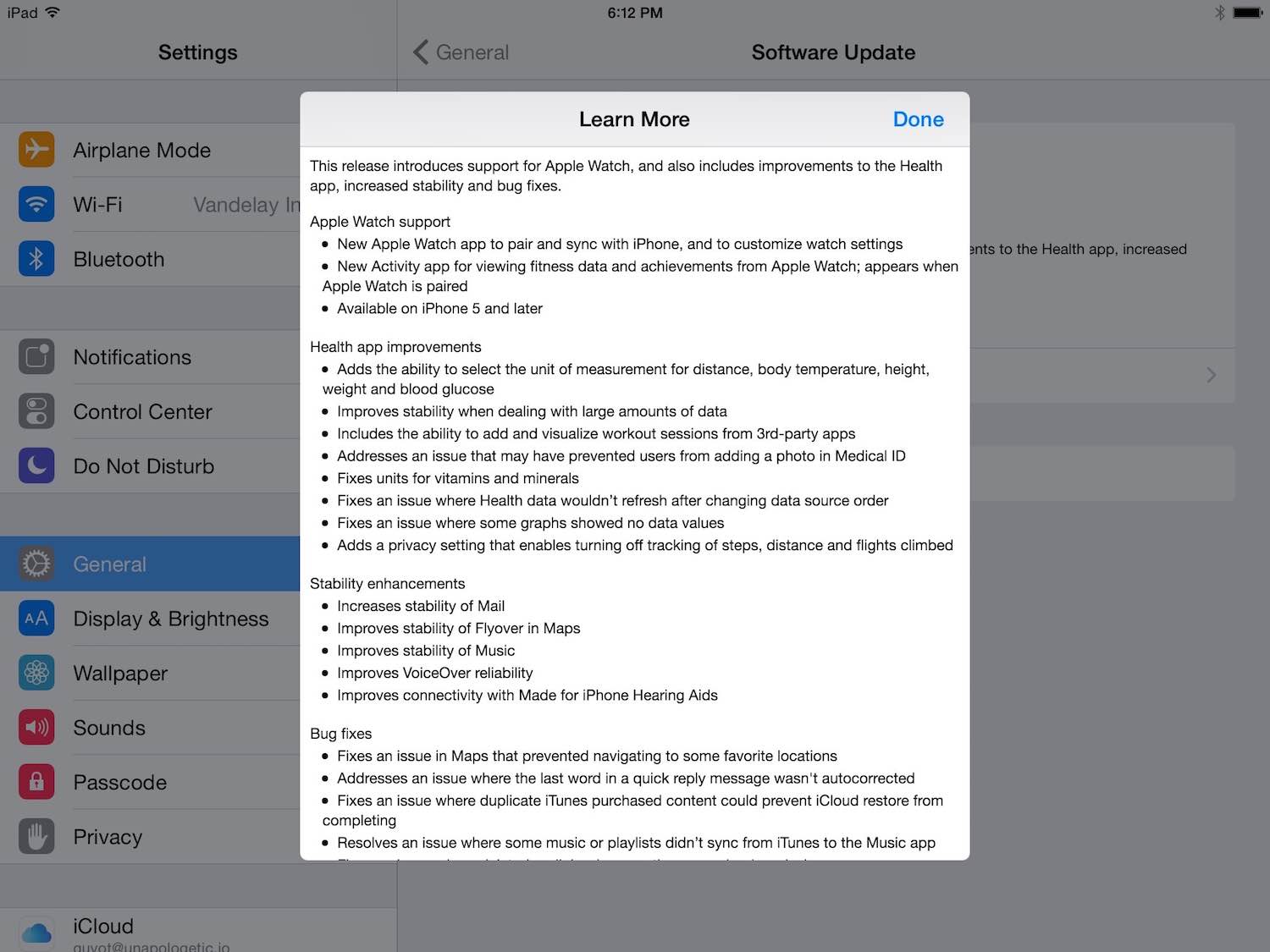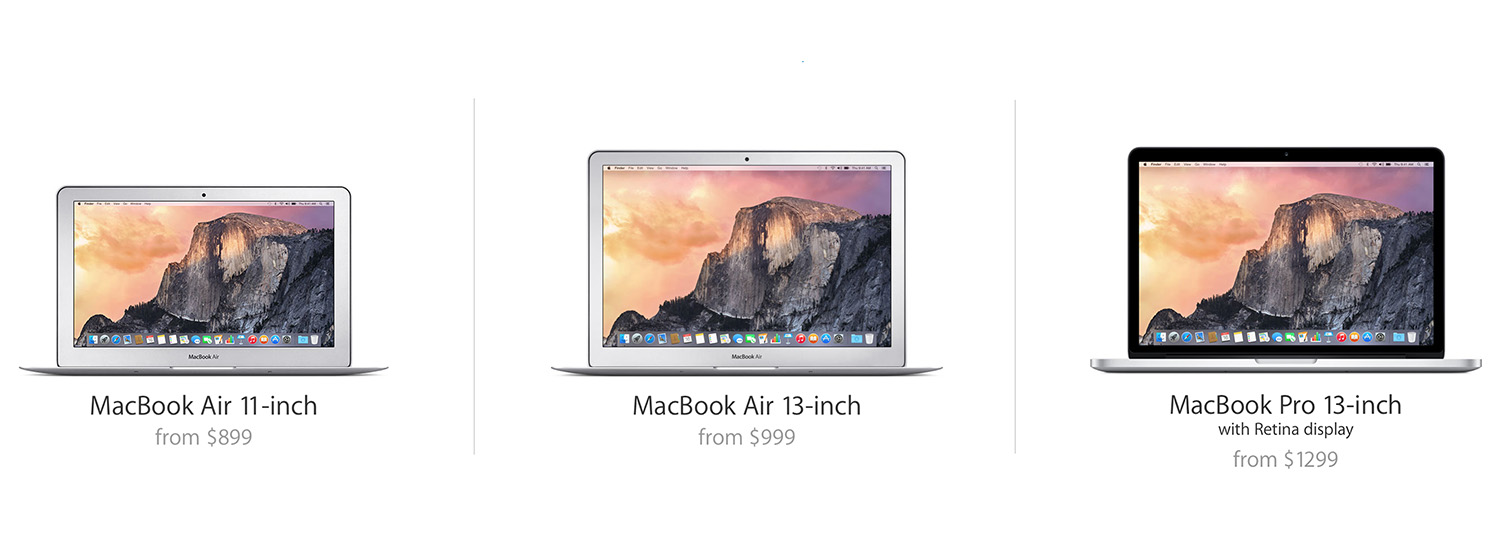I finally had time to sit down and write on my iPad after 72 hours spent traveling between continents, meeting friends I’ve long known only through Twitter and their blogs, visiting San Francisco, and trying American pasta. And also going to my first Apple event.
After nearly six years spent publishing MacStories and covering Apple media events from the comfort of my bedroom through live streams and Twitter, getting the opportunity to enjoy an event in person surrounded by people whom I’ve remotely known for a long time is truly something special. I needed time to process the information and discussions from the keynote, and I’m still catching up on the announcements from an outside perspective. As usual, Apple has only shared a portion of their announcements on stage, saving the details and fine print for its website, various FAQ sections, and a new version of iOS.
Thankfully, the MacStories team has done an excellent job in covering the news from Apple’s March 9th event and providing in-depth overviews. I’ll focus on my personal thoughts and considerations after attending the event and trying Apple’s new MacBook and upcoming Apple Watch.








